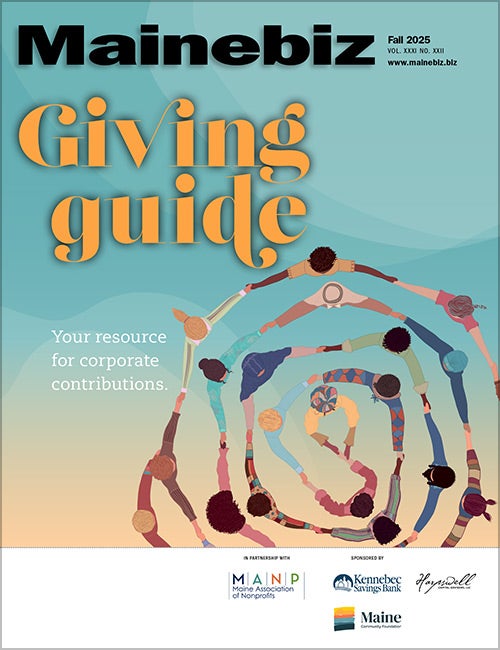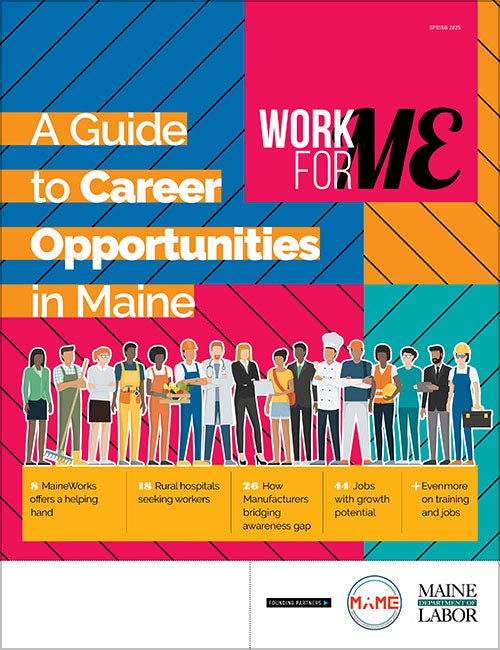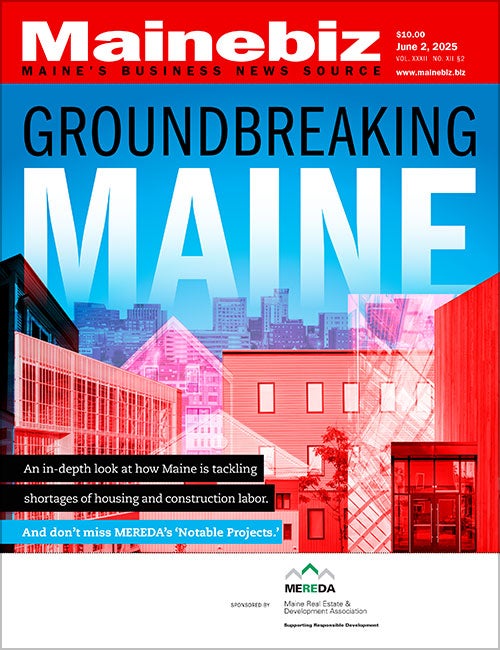Trick or treat from the Fed next week? Rate cut looms
 Photo / Adobe Stock
U.S. central bankers, scheduled to meet twice more this year, are widely expected to further reduce borrowing costs in the short term.
Photo / Adobe Stock
U.S. central bankers, scheduled to meet twice more this year, are widely expected to further reduce borrowing costs in the short term.
With less than 10 days to go until U.S. monetary policy makers next meet, the only thing that could spook markets this spooky season would be a status quo in interest rates.
Most bets are on a cut in borrowing costs by the Federal Open Market Committee, which is scheduled to meet only two more times this year as the government shutdown drags on.
Based on traders polled by the CME Group for its online FedWatch tool, there’s now a 98.9% probability of a cut on Oct. 29.
While lower rates would make mortgages, car loans, credit card payments and debt refinancing cheaper for borrowers, they would also be an indication that the Fed is concerned about about the health of the economy. That, in turn, risks driving up costs for businesses and households.
Central bankers took their latest swipe at easing borrowing costs last month, reducing the target for the benchmark federal funds rate by a quarter of a percentage point to a range of 4% to 4.25% and signaling the possibility of two more cuts this year.
Adding to expectations of further tapering, Fed Chair Jerome Powell said earlier this month that while the outlook for employment and inflation does not appear to have changed much since September, “downside risks to employment appears to have risen.”
That acknowledgment “opens the door to further easing if labor market conditions weaken — a subtle but significant turning point in the Fed’s dual-mandate strategy” of keeping inflation and unemployment in check, notes Oak McCoy, an economics professor at the University of New England's College of Business.
Long-term policy shift
Longer term, Powell has signaled that the Fed may halt the sale of its holdings of government bonds as a way of greasing the economy — a shift that UNE's McCoy predicts could ease financial conditions even without additional rate cuts.
McCoy says that would represent a turning point in monetary policy.
“In effect, the Fed may be preparing to soften policy using tools beyond interest rates — an underappreciated, but important, signal of a broader turn in strategy,” he notes. “More liquidity for banks, smoother credit markets and an eventual pause in balance sheet reducing would reinforce the view that the era of tightening is coming to a close."
For businesses in Maine and across New England, McCoy underscores that the Fed's evolving stance matters.
"The Fed isn't turning sharply, but it is changing course – and doing so through more than just rates," he says. "In a slowing, uncertain economy, even small adjustments in policy can have big ripple effects."
Andrew Silsby, president and CEO of Augusta-based Kennebec Savings Bank, says that Powell “seems a bit more insistent that rates go lower than back in September."
However, he sees Powell's balance-sheet comments as opening the door to the Fed halting or reducing its influence on long-term rates for market forces to determine instead.
“Lower overall rates would be good for the economy, but the reason they are lowering rates is because the economy is slowing and they are seeing those signs. ‘Be careful what you wish for’ is an old adage which is very much the case now," Silsby says.
Reader feedback
We’d love your input: how are current borrowing costs affecting your business, and what refinancing options have you explored? Please contact Deputy Editor Renee Cordes at rcordes@mainebiz.biz.














0 Comments